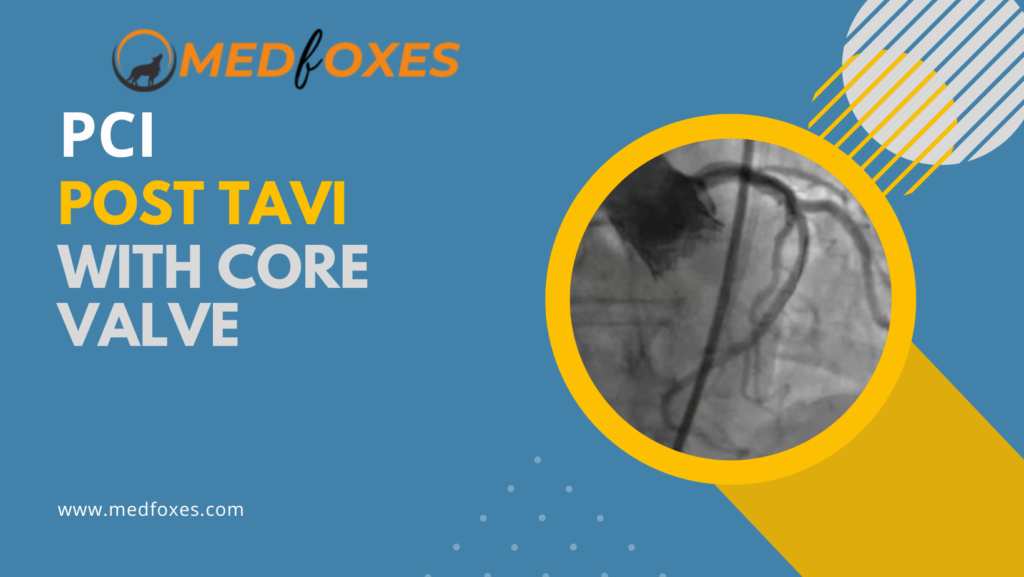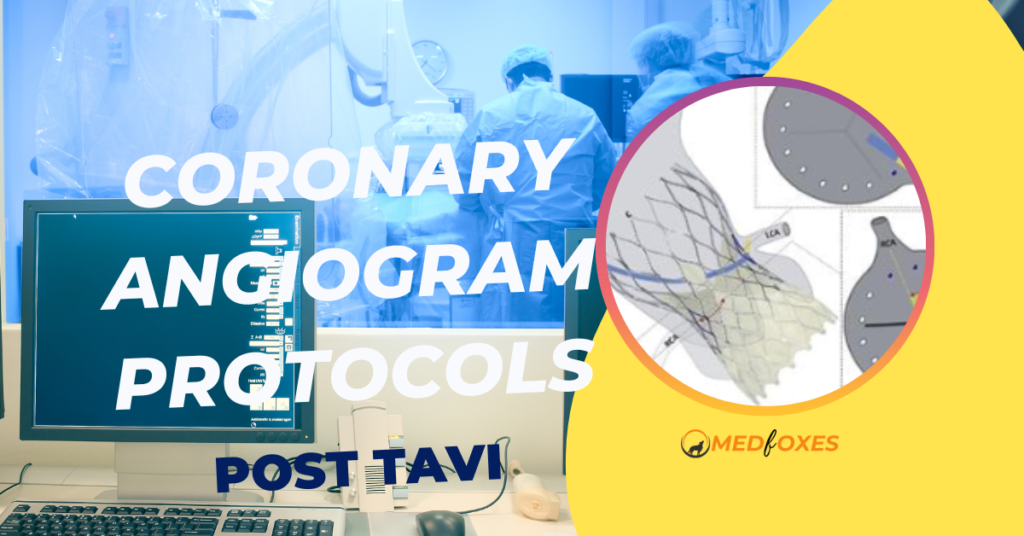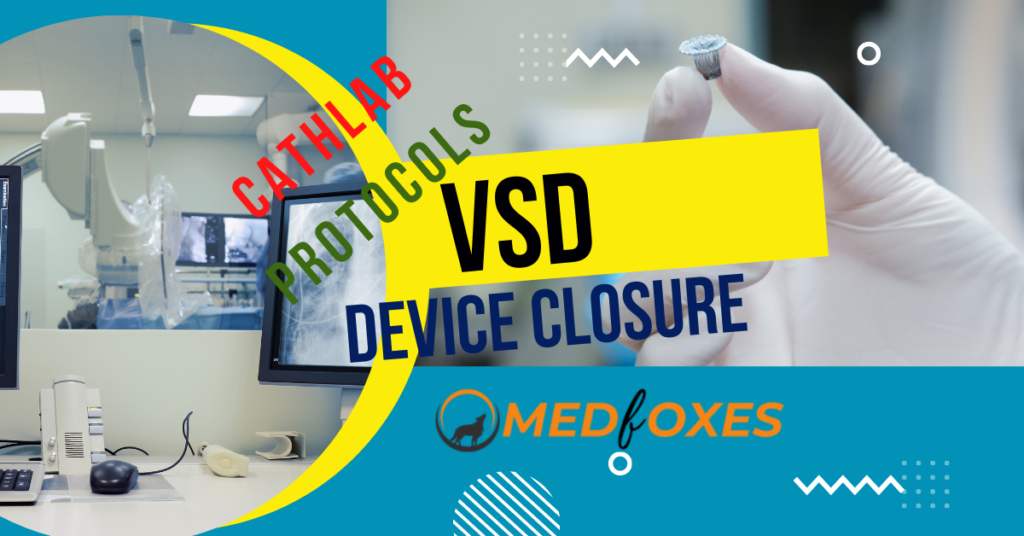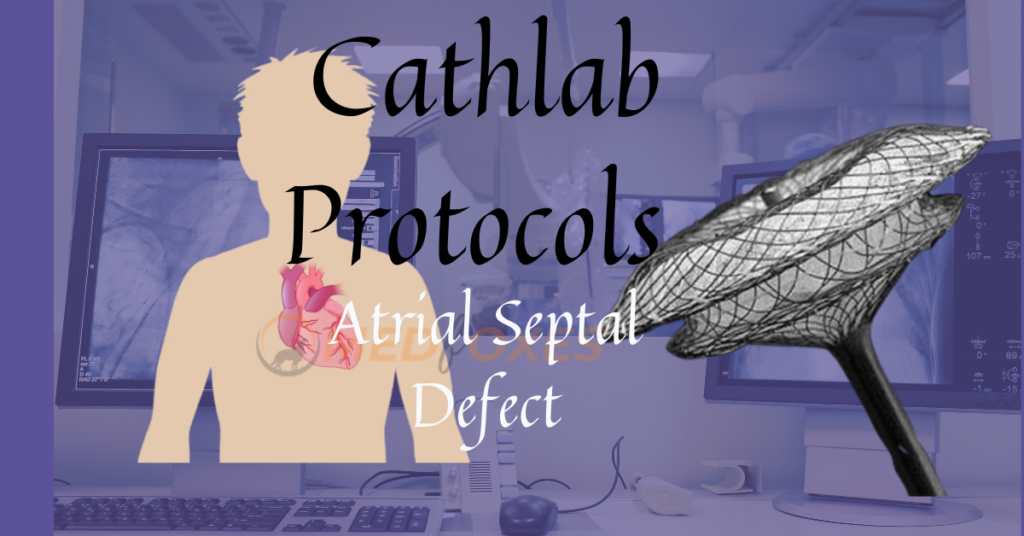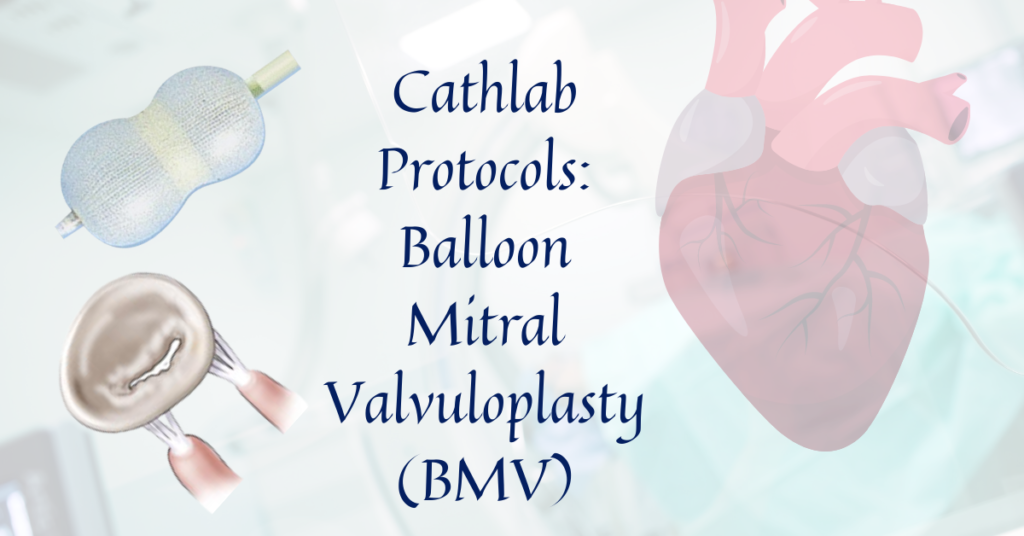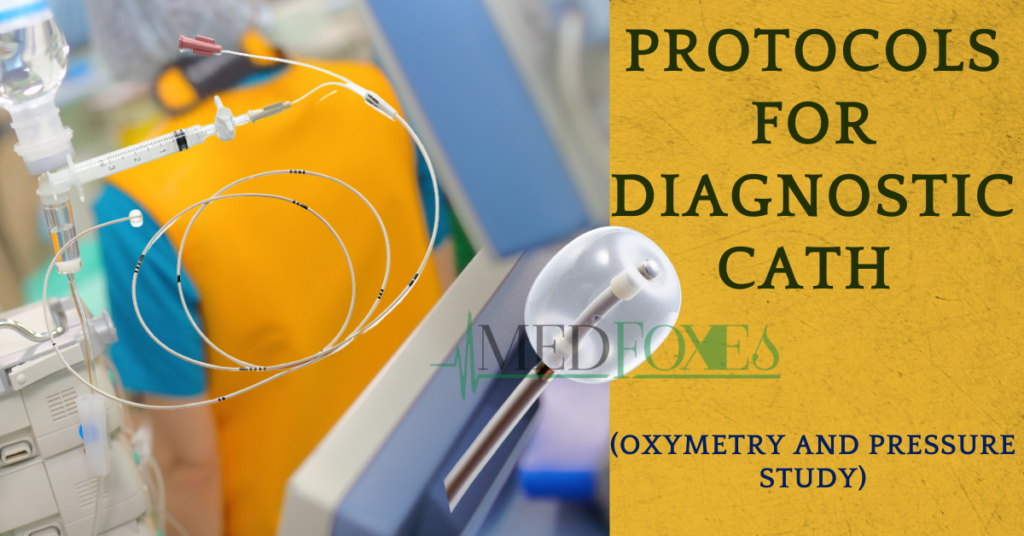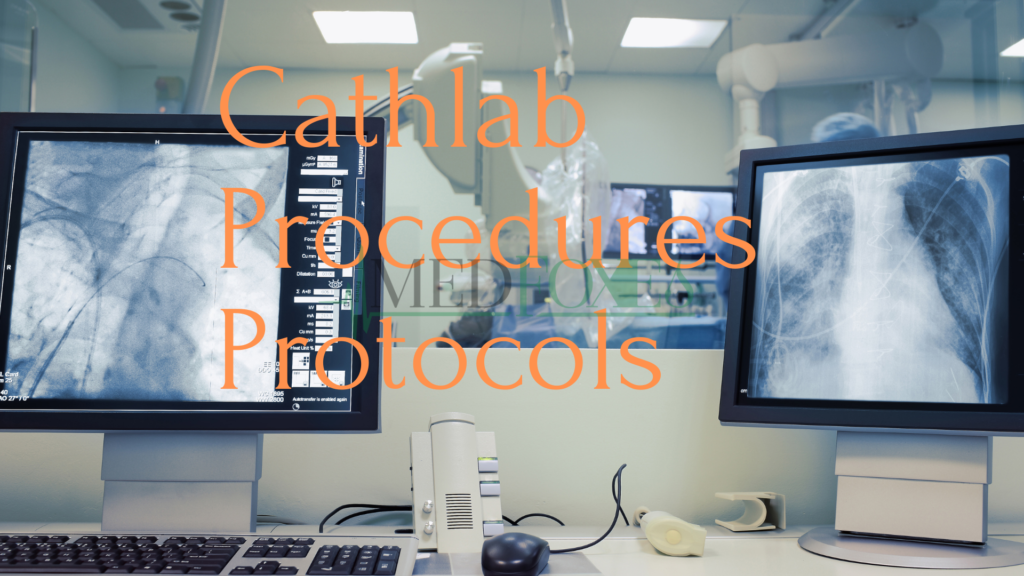Atrial Fibrillation, Pulmonary Vein Mapping Techniques
Based on the understanding of the atrial fibrillation initiation mechanism by focal discharges in the pulmonary veins, focal ablation appeared to be a less effective ablative technique than electrical disconnection at the PV ostium. The unpredictability, inconsistent inducibility, and risk of repeatedly inducing AF during the procedure limit ablation guided by mapping focal ectopy, which […]
Atrial Fibrillation, Pulmonary Vein Mapping Techniques Read More »


